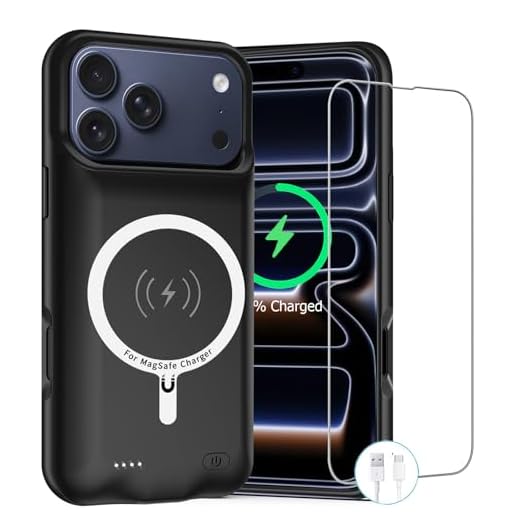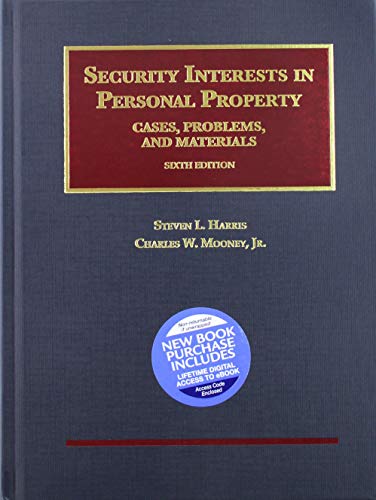



It is prohibited to place lithium-ion storage devices in the hold of an aircraft. Such units must remain in carry-on bags during your flight. Regulations, established to mitigate fire hazards, highlight the importance of keeping these devices accessible to crew members. If an issue arises, it allows for immediate action.
Before your trip, verify the watt-hour rating of your item. Devices with a capacity exceeding 100 watt-hours are typically subject to additional restrictions and may require airline approval. Most airlines allow units with a capacity below this threshold without complications.
For optimal safety, ensure that the terminals of your units are covered to prevent accidental activation. Utilizing the original packaging or a protective case can help in securing the device and minimizing risks during transit.
Traveling with Portable Chargers
Transporting portable energy sources in checked baggage is prohibited. These devices must remain in carry-on items during air travel. Airlines enforce this rule due to their lithium-ion batteries, which can overheat and cause fires in cargo areas without adequate ventilation.
Specific Instructions
Here are detailed recommendations for traveling with your energy storage units:
- Keep all energy units in your hand luggage.
- Ensure each device does not exceed the airline’s specified watt-hour limit (usually 100 Wh or lower).
- Place units in their original packaging or securely wrapped to avoid damage.
- Consider removing any unnecessary accessories that could potentially increase the unit’s risk profile.
Additional Considerations
Take note of the following:
- Some airlines may have additional restrictions based on their policies.
- Check for local laws and regulations regarding energy devices.
- Always inform security personnel at checkpoints if undergoing inspections.
Airline Regulations for Carrying Power Banks
Transporting energy storage devices aboard aircraft involves specific guidelines that vary by airline. Domestic and international carriers often impose restrictions based on the capacity of these devices, usually measured in watt-hours (Wh). Most airlines permit units with a maximum of 100 Wh in the cabin without prior approval. Devices exceeding this capacity, typically up to 160 Wh, may require airline consent before travel.
Key Guidelines
Always ensure that terminals are protected to prevent accidental short-circuiting. Some airlines limit the number of permitted units; commonly, two larger units may be allowed in carry-on. Keep in mind that any battery over 160 Wh is generally prohibited on passenger flights. It’s crucial to verify individual airline policies before departure to avert potential complications.
Recommended Gear
For travelers seeking efficient and portable storage solutions, consider options like the best travel computer backpack to keep your devices secure during transit. Stay updated on the latest regulations to ensure a smooth journey.
Risks of Packing Power Banks in Checked Luggage
Storing lithium-ion energy sources in cargo compartments poses significant hazards. These devices can overheat, leading to potential fires, which are difficult to manage in the hold of an aircraft. Regulatory bodies restrict their transport because of these fire risks. Incidents involving ignition or thermal runaway can occur if batteries are damaged or improperly stored.
If transporting these items is unavoidable, ensure they are securely wrapped and clearly identified. Batteries exceeding a certain watt-hour rating are especially prohibited from air shipment in this manner. Check airline policies to confirm limits and packaging requirements to minimize disruption.
Additionally, consider the ramifications of such hazardous incidents; a fire in the hold could have dire consequences for aircraft safety. If you wish to explore further life changes that could arise from unforeseen events, refer to how can a car accident change your life.
Recommended Power Bank Capacity for Travel
Opt for a battery with a capacity ranging from 10,000 mAh to 20,000 mAh for travel purposes. This range typically provides enough energy for smartphones, tablets, and other electronic devices while remaining manageable in size and weight.
Device Compatibility
Choose based on the devices you intend to charge. For instance, a 10,000 mAh unit can fully charge most smartphones two to three times. For tablets, consider at least a 20,000 mAh version. Assessing your usage patterns will ensure you select an appropriate model.
Charging Speed
Ensure the chosen device supports fast charging protocols, such as Quick Charge or Power Delivery, to reduce downtime. Providers typically specify this information, making it easier to compare options.
| Capacity (mAh) | Smartphone Charges | Tablet Charges |
|---|---|---|
| 10,000 | 2-3 | 1 |
| 20,000 | 4-5 | 2 |
| 30,000 | 6-7 | 3 |
Alternatives to Packing Power Banks in Checked Luggage
Consider using a portable solar charger as a substitute. These devices harness sunlight to generate energy, making them useful during outdoor activities and travel. Ensure they comply with airport security rules.
Using External Battery Chargers
External chargers designed for specific devices can serve as a reliable option. These often possess a lower capacity compared to traditional models, enhancing compliance with regulations for personal items. Carry them in your carry-on for easy access.
Battery Cases for Smartphones
Battery cases that provide additional energy to smartphones offer practicality without the hassle of separate units. They allow for seamless travel without violating any aviation rules. Choose models that fit your device and have adequate capacity for your needs.
Steps to Safely Travel with a Power Bank
Ensure your portable energy source is under 100Wh to comply with air travel regulations.
1. Check Capacity
Verify the watt-hour (Wh) rating of your device; it’s typically found on the specifications label. An energy unit exceeding 100Wh may face restrictions or total prohibition.
2. Label Your Device
Add clear labels to your charger, stating its specifications. This assists security personnel in identifying compliance during checks.
Always carry your gadget in your hand baggage. It is safer, and regulations dictate that it should not be placed in stowed bags. The overhead compartment is suitable for storing lightweight items but not for large batteries.
Keep your energy provider’s terminals protected to prevent accidental activation. Use protective caps or tape to cover exposed connections.
Charge your device fully before departure. This prevents the need for frequent recharges at airport terminals, ensuring sufficient power for your devices while traveling.
Stay informed about airline-specific rules regarding the transportation of these devices. Each carrier may have unique requirements or pre-flight guidelines to follow.
Finally, maintain a backup plan. Consider alternatives like charging stations available at airports or using less power-intensive devices during your travels to conserve battery life.







